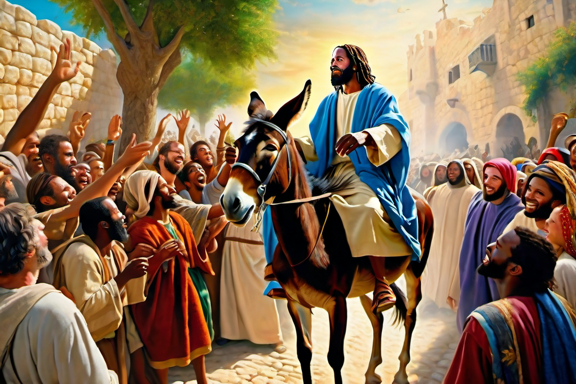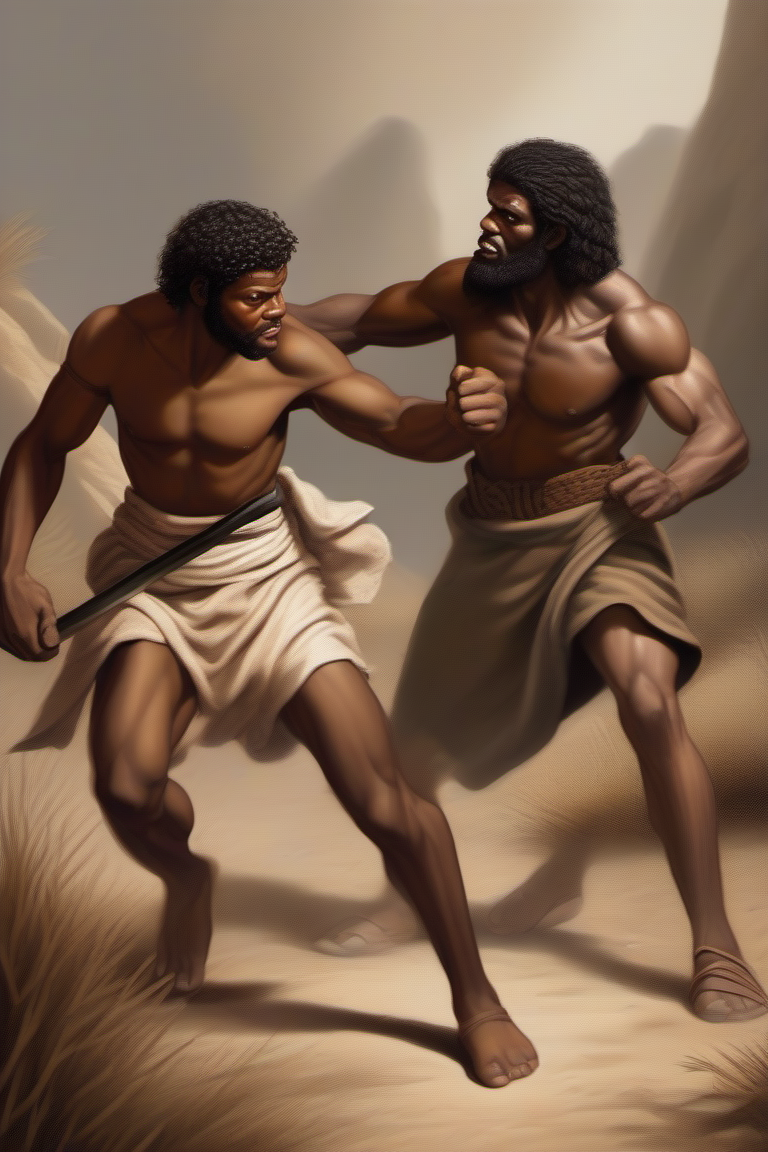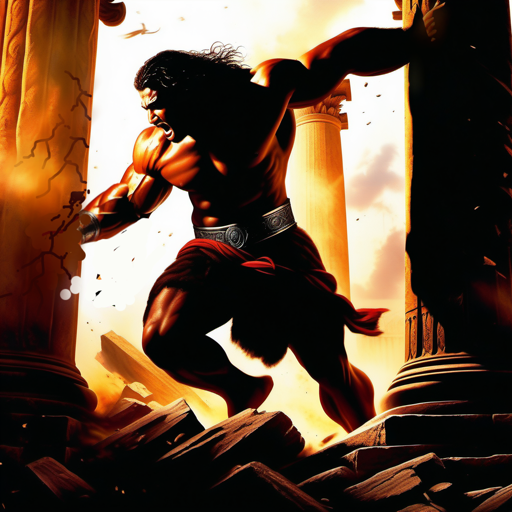
The entry of Jesus into Jerusalem is commonly referred to as the Triumphal Entry, and it is described in the four Gospels of the New Testament of the Bible (Matthew 21:1-11; Mark 11:1-11; Luke 19:28-44; John 12:12-19).
According to the Gospels, Jesus entered Jerusalem riding on a donkey, while crowds of people spread their cloaks on the ground and waved palm branches, shouting “Hosanna!” and “Blessed is he who comes in the name of the Lord!”
The people’s actions and words were significant because they were acknowledging Jesus as the Messiah, the promised savior of Israel who would liberate them from Roman rule. They saw Jesus as a king, but not a political king like the Roman emperor or the Jewish King Herod. Instead, they saw Jesus as a spiritual king, who would bring salvation and establish the Kingdom of God.
The palm branches were a symbol of victory and triumph, and the cloaks on the ground were a sign of honor and respect for a king. The crowds were hoping that Jesus would bring political liberation, but Jesus had come to Jerusalem for a different reason. He knew that he would soon be arrested, tried, and executed, fulfilling the prophecies of the Old Testament about the suffering servant who would die for the sins of his people.
The story of Jesus cleansing the temple is found in all four of the canonical Gospels in the New Testament of the Bible, specifically in Matthew 21:12-17, Mark 11:15-19, Luke 19:45-48, and John 2:13-16.
According to the accounts, Jesus entered the temple in Jerusalem and found merchants selling animals for sacrifices and money changers exchanging foreign currency for temple currency at high rates. He became angry and overturned their tables, driving them out of the temple, and declaring that they had turned the house of prayer into a den of robbers. This action by Jesus was seen as a direct challenge to the religious authorities of the time, who had allowed these practices to take place in the temple.
It was also symbolic of Jesus’ opposition to the use of religious institutions for financial gain and the exploitation of the poor. The event marked a significant moment in Jesus’ ministry, and it continues to be an important story for Christians today, as it illustrates Jesus’ commitment to justice, his opposition to the misuse of religious institutions, and his call to his followers to prioritize the values of love, compassion, and service over material gain.





















